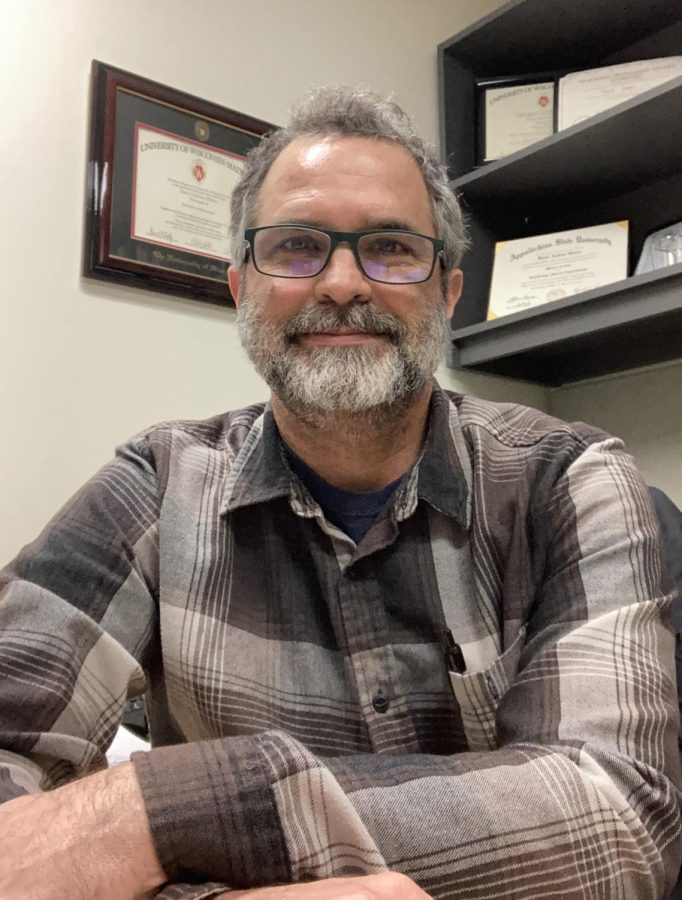The psychology of love
February 12, 2023
Following the heart of Midwest winter, February has long been a time to celebrate purification that comes from darkness and cold, the return of fecundity and, on Valentine’s Day, the supreme emotion we call love.
Love is typically associated with ideas like desire, yearning, unconditional love (as in familial ties), special bonds of everlasting commitment, and promises of exclusivity. But the love we experience in reality is more complex, capricious, and for many, less praiseworthy. So what is this love we exalt every year?
Consider one idea of love from psychologists who study emotions. In her 2013 book, Love 2.0, psychologist Barbara Frederickson describes love as a set of shared biochemical and behavior changes that motivate people toward mutual care. Such love experiences may last briefly (not forever). They can be felt with anyone (not exclusively with one person). And they aren’t limited to certain situations, but can be ubiquitous in our lives (as when we hold a newborn baby, hug a dear friend to say goodbye, or even cheer with fellow fans at a Warhawks game). As Fredrickson says, “love blossoms virtually anytime two or more people – even strangers – connect over a shared positive emotion, be it mild or strong.”
In this view, love is a relationship with others in which we become attuned to others and invested in their wellbeing, and vice versa. We experience these moments of “positivity resonance” as deeply positive and rewarding. Like any other emotion, love is another of your body’s ways of guiding you safely through life’s trials and tribulations by meaningfully engaging with others – any others.
Importantly, all of the mental and physical benefits of love can be gained by anyone, with anyone, in many small ways, every day. That’s worth celebrating, in mid-February and beyond.












